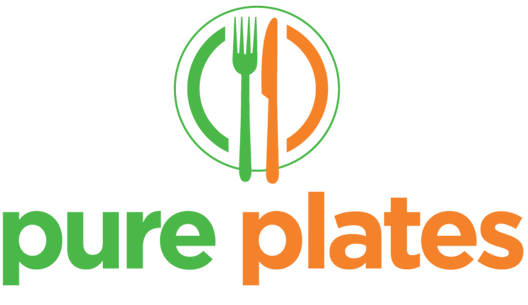Gluten Face: Unmasking the Hidden Impact of Gluten on Your Skin

Introduction
In recent years, the term “gluten face” has emerged in wellness circles, highlighting the potential skin-related manifestations of gluten sensitivity. While gluten is a common protein found in many foods, its effects on the skin are less commonly discussed. This article dives into the concept of gluten face, exploring its symptoms, causes, and strategies for management.
Understanding Gluten and Its Role in the Body
Gluten is a composite of storage proteins, primarily gliadin and glutenin, found in wheat and related grains like barley and rye. These proteins give dough its elasticity and are prevalent in various foods, from bread and pasta to sauces and dressings.
For individuals with celiac disease or non-celiac gluten sensitivity, consuming gluten can trigger an immune response, leading to inflammation and damage to the small intestine’s lining. This response can manifest in various ways, including skin-related symptoms (Mayo Clinic).
What Is “Gluten Face”?

“Gluten face” refers to a set of facial symptoms that some individuals experience due to gluten sensitivity. These may include:
- Puffiness and Swelling – especially around the eyes and cheeks, caused by inflammation
- Redness and Flushing – a flushed appearance, commonly on the cheeks
- Acne and Breakouts – especially on the chin and jawline
- Hyperpigmentation – dark patches, often near the mouth and chin
These symptoms are thought to result from the body’s inflammatory response to gluten, which can affect multiple systems, including the skin (Women’s Health).
The Connection Between Gluten and Skin Health
The skin is the body’s largest organ and often reflects what’s going on inside. When gluten triggers an immune reaction, it can lead to systemic inflammation that may present as skin issues. Conditions like dermatitis herpetiformis—a chronic blistering skin condition—are directly linked to gluten sensitivity (Cleveland Clinic).
Additionally, gluten-induced inflammation can disrupt hormone balance, which may trigger or worsen breakouts (CLEARSTEM).
Identifying Hidden Sources of Gluten

It’s easy to identify gluten in bread or pasta—but it's often hidden in many other foods:
- Sauces and Dressings – soy sauce, gravies, marinades
- Processed Meats – sausages, deli meats with fillers
- Drinks – flavored coffees, beer, malt beverages
- Snacks – crackers, chips, and even some candies
Learning to read labels and identify gluten-containing ingredients is critical (Gluten Intolerance Group).
Managing Gluten Face: Steps to Clearer Skin
- Go Gluten-Free: The most obvious but effective step—cut gluten out of your diet.
- Track Your Skin: Monitor improvements with a journal after cutting gluten.
- Talk to a Pro: Consult a dermatologist or nutritionist about persistent issues.
- Support Gut Health: A healthy gut improves nutrient absorption and minimizes inflammation.
Products like Gut Restore help bind and neutralize gluten proteins and support a stronger intestinal lining.
Conclusion
Gluten face is more than just a trend—it's your body waving a red flag that something’s off internally. If you’ve been dealing with persistent puffiness, redness, or stubborn breakouts, gluten could be the silent saboteur behind the scenes.
The good news? You don’t have to guess your way through it. At Pure Plates, we make clean eating simple with a fully curated, 100% gluten-free menu—no label reading, no hidden ingredients, no compromises.
✨ Ready to nourish your body from the inside out?
👉 Explore our 100% Gluten-Free Meals and discover how powerful clean food can be for your skin, energy, and overall well-being.
References
- clear skin diet,
- does gluten cause acne,
- facial inflammation gluten,
- gluten and bloating,
- gluten and skin,
- gluten face,
- gluten face puffiness,
- gluten face redness,
- gluten inflammation,
- gluten intolerance and skin,
- gluten sensitivity symptoms,
- gluten-free beauty tips,
- gluten-free skincare,
- gut health and skin,
- how to get rid of gluten face,
- Pure Plates blog,
- signs of gluten allergy,
- skin benefits of gluten-free,
- what causes facial redness,
- what is gluten face

